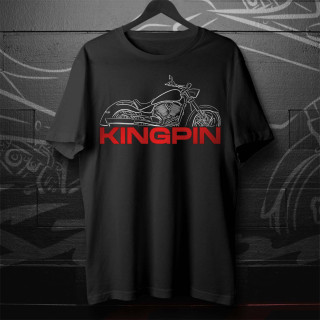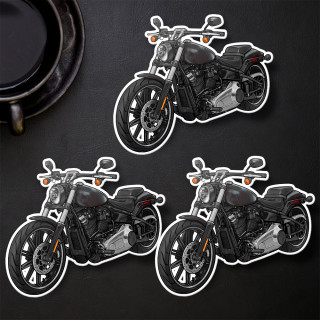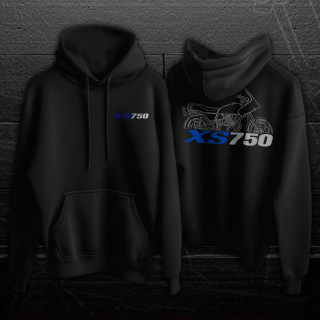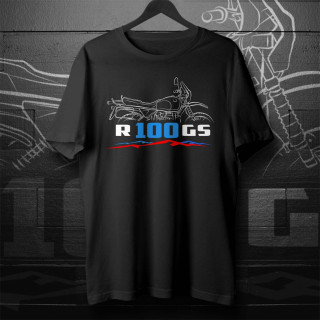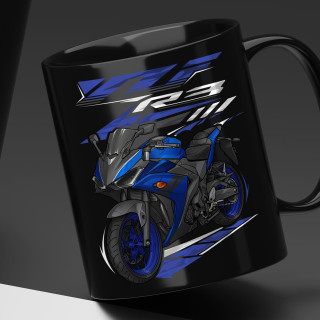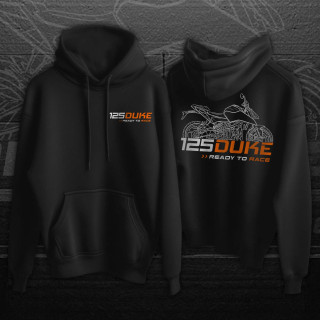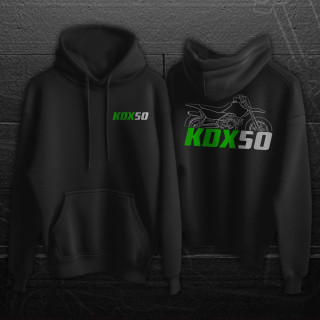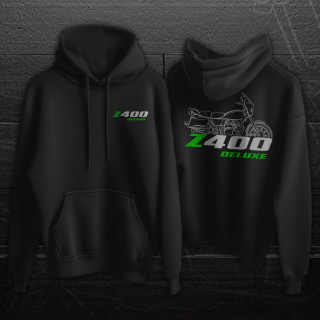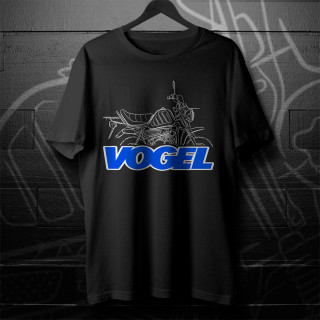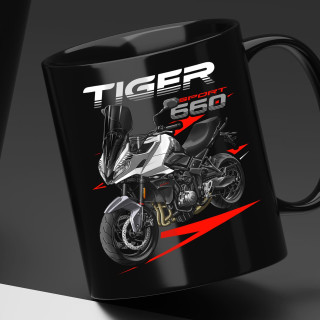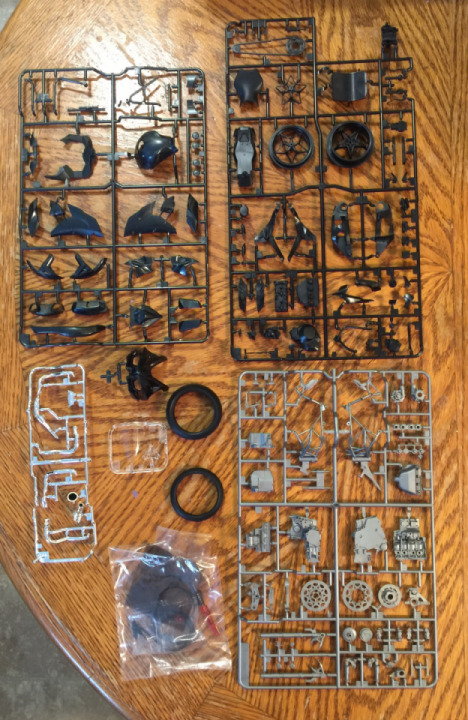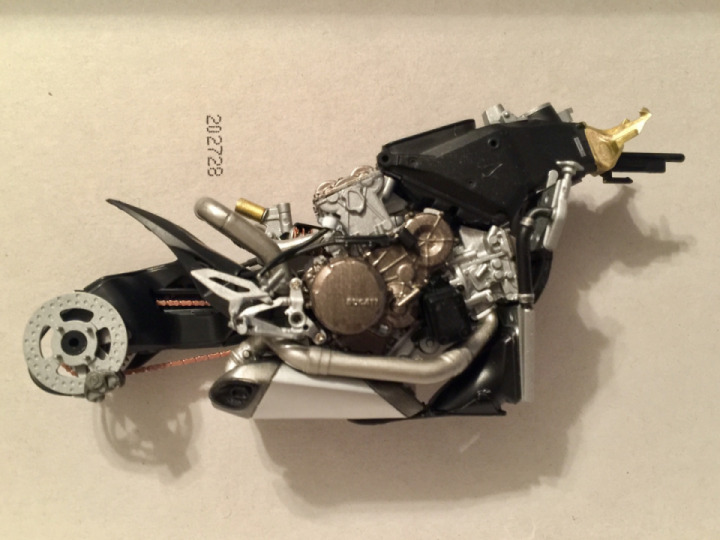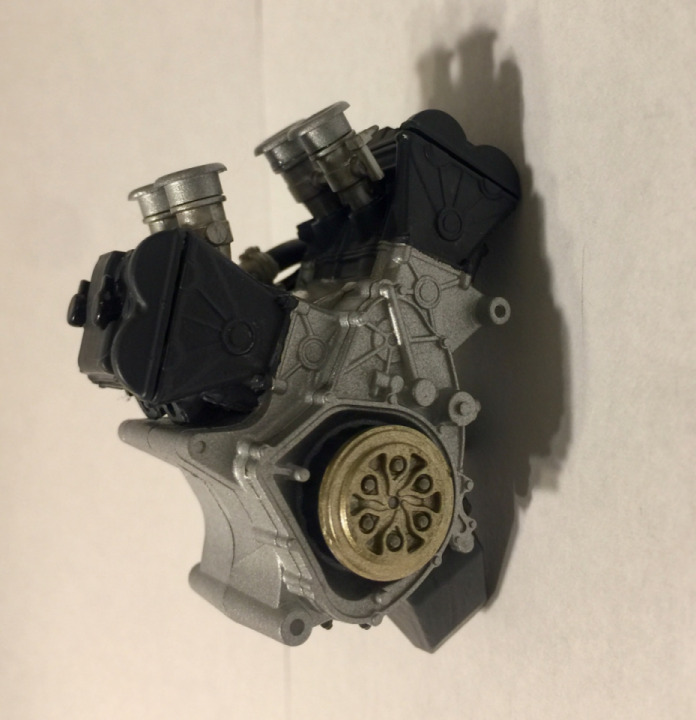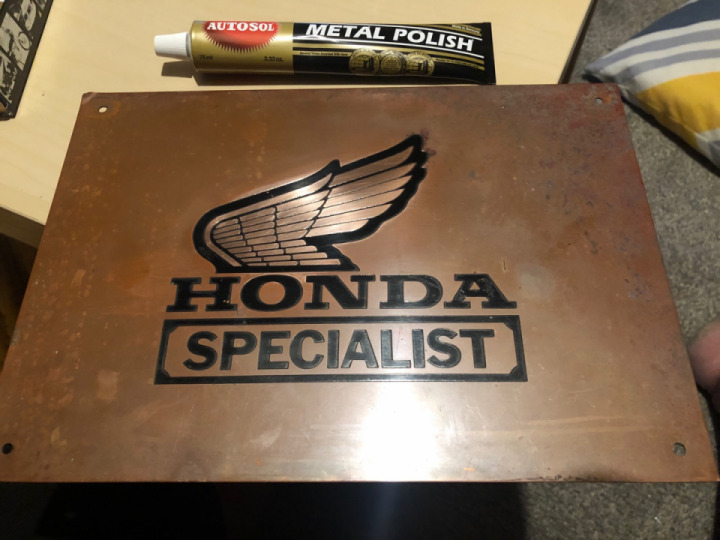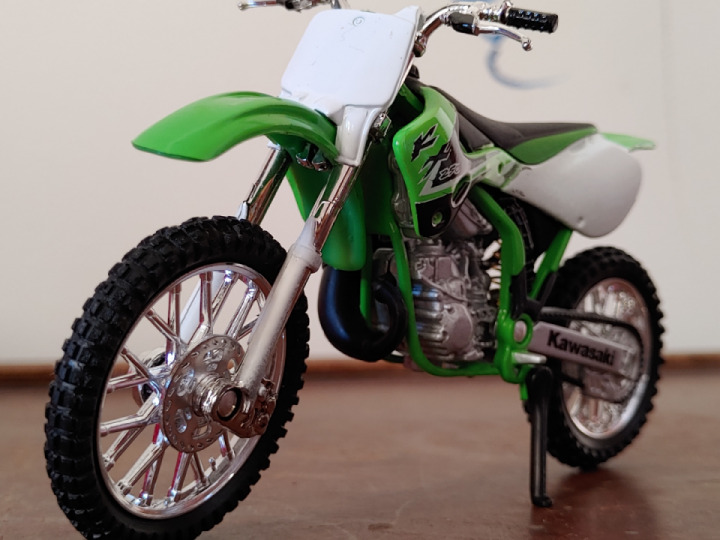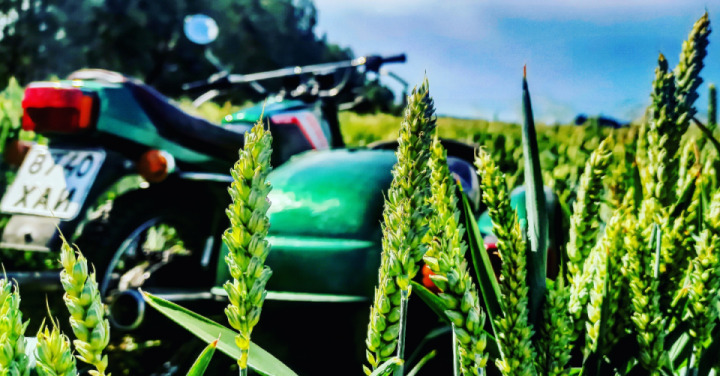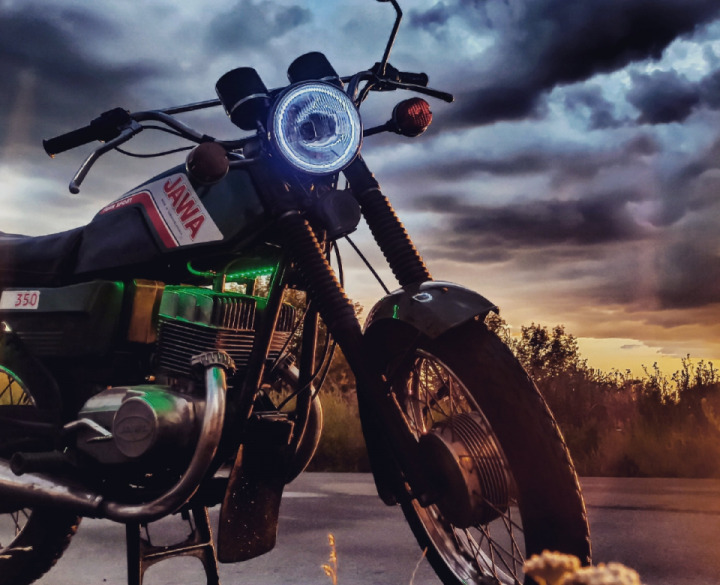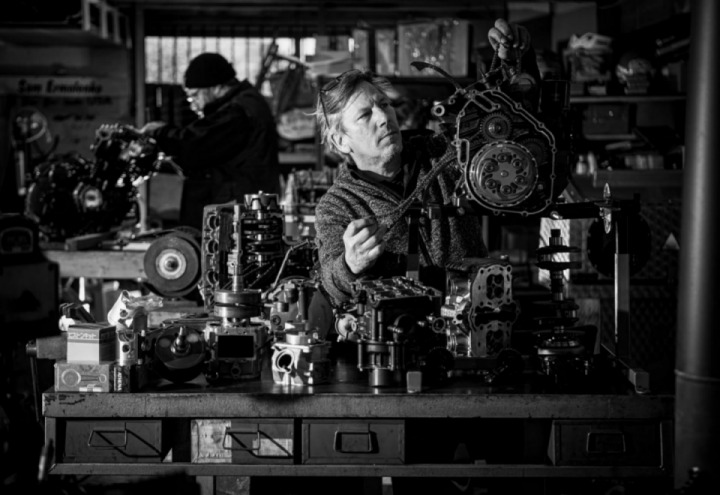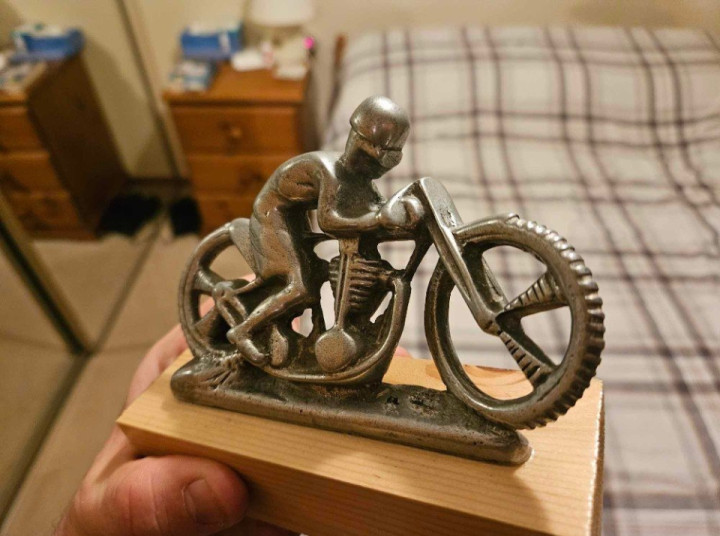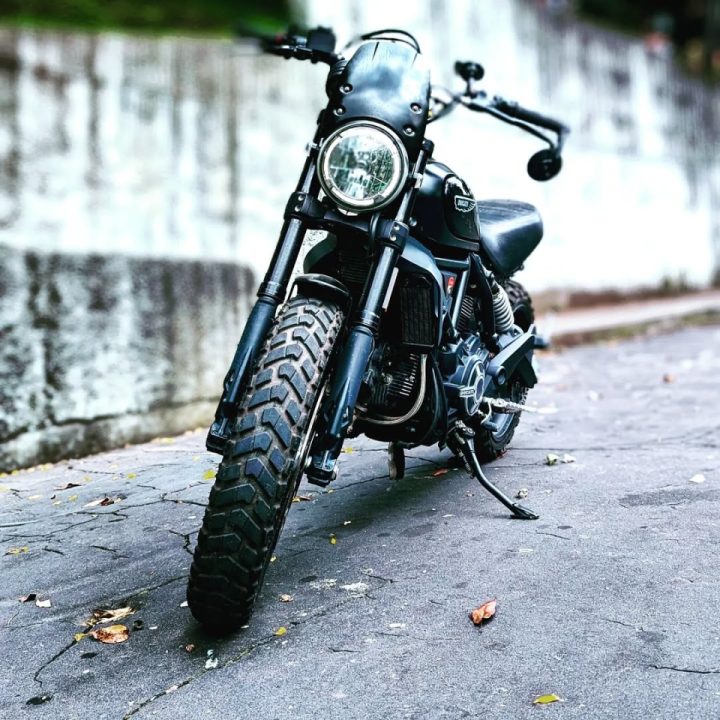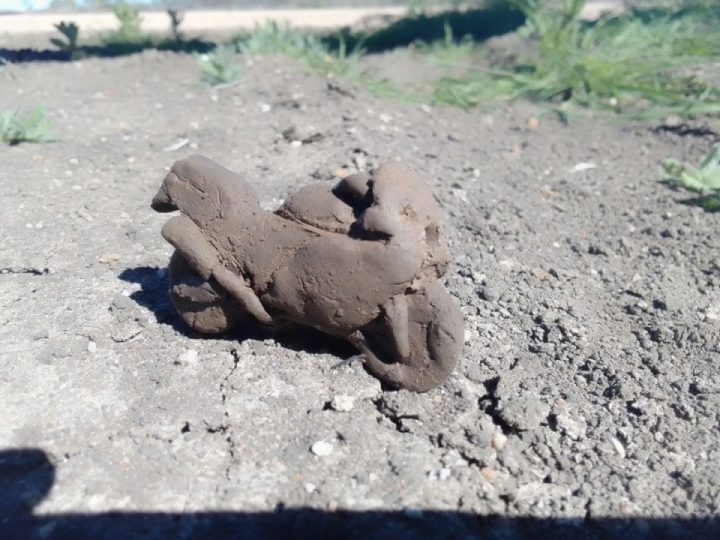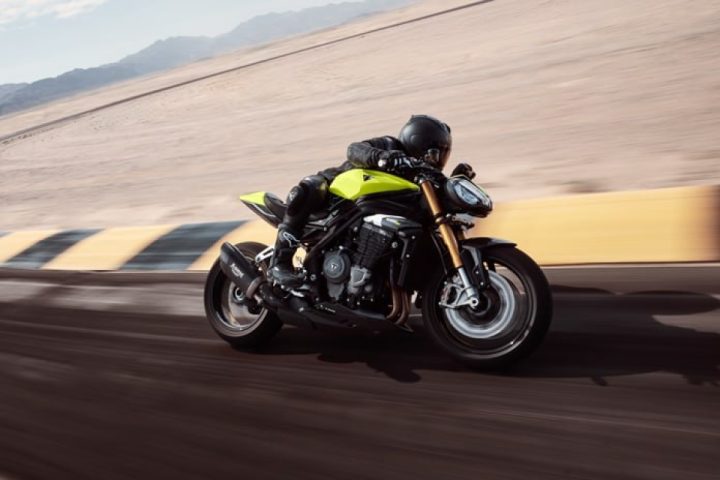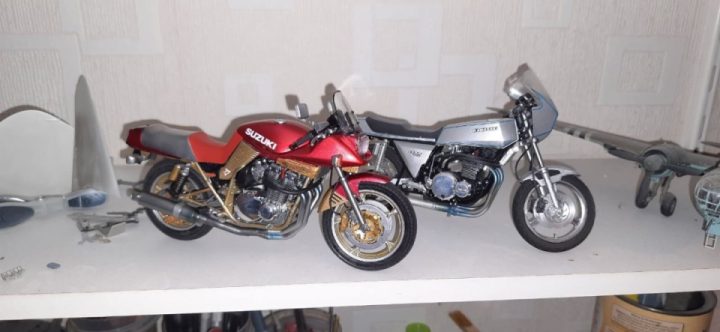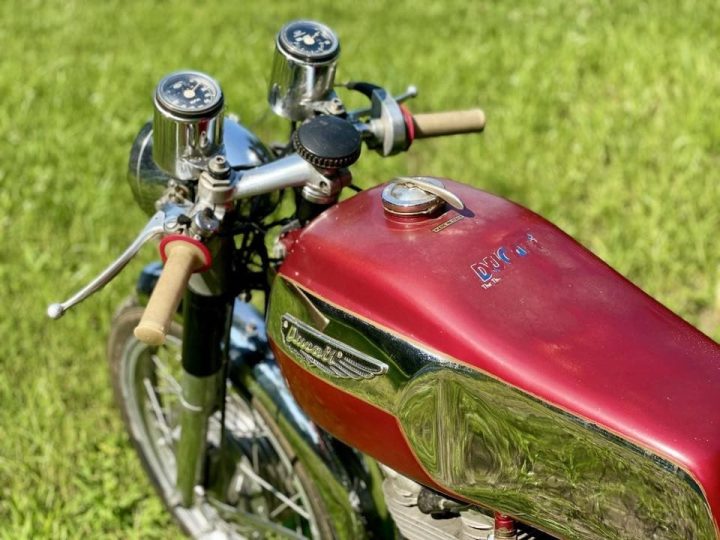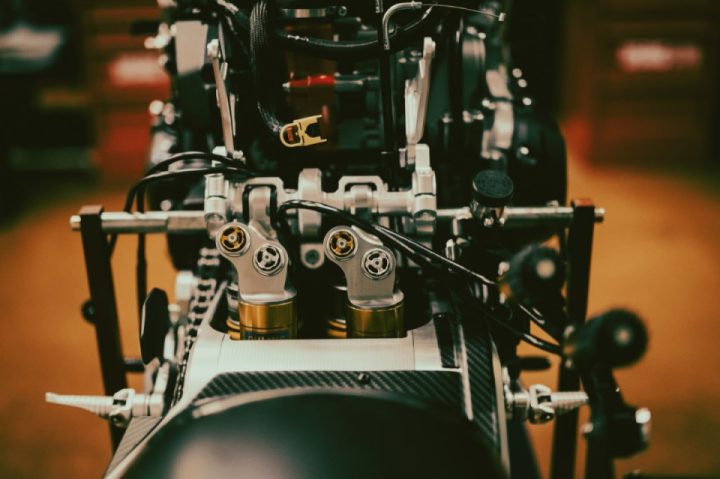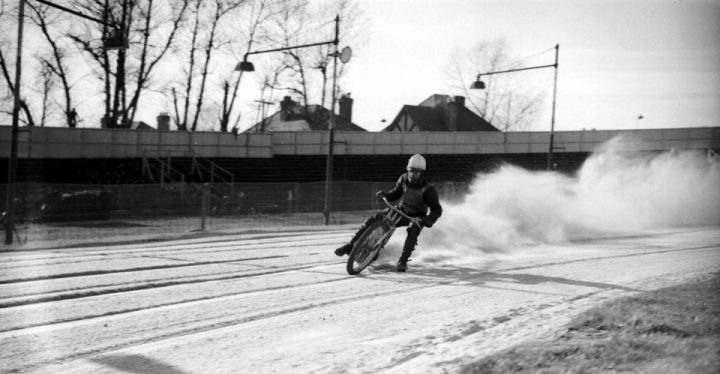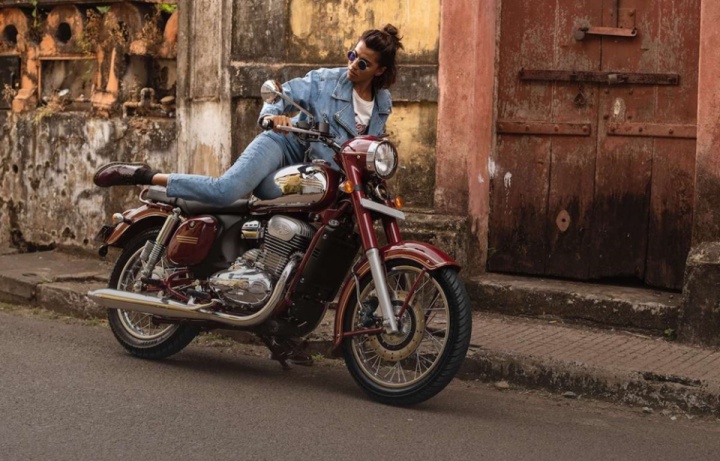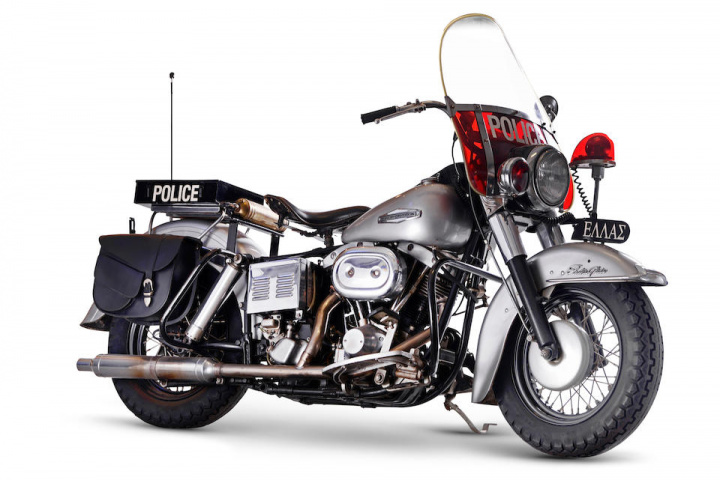
1970 JAWA Model 890 DT500 Speedway
JAWA motorcycles was founded by Frantisek Janecek, who owned a small armament manufacturing plant in Prague. He began his business by producing hand grenades during WWI, and started manufacturing German 500-cc Wanderer motorcycles under license agreements with that company in 1927. In 1929, he named his motorcycling endeavor JAWA. One of his smarter decisions was to hire British motorcycle designer George Patchett, and with his help, they began designing their own competition motorcycles to race across Europe and give name recognition to the JAWA brand.
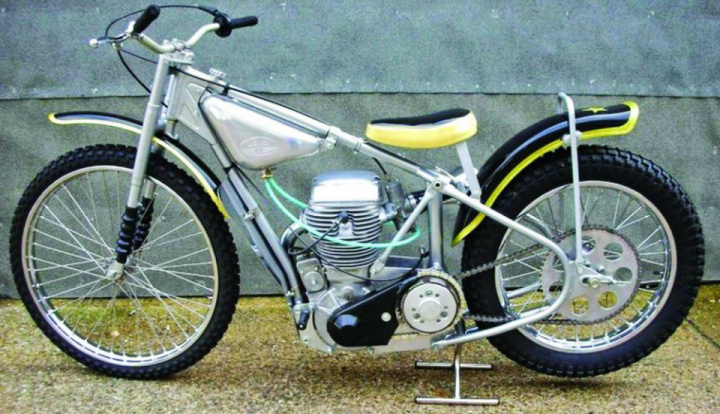
Janecek later added two-stroke bikes that used British Villiers engines, and eventually designed his own 350-cc overhead-valve engine four-stroke and a side-valve 350-cc four-stroke as well. The bikes became so widely accepted in Czechoslovakia that JAWA dropped the 500-cc Wanderer engine from production in 1933. The company even produced passenger cars in limited numbers from 1934-'46.
Paint options on prewar JAWA motorcycles were red, or red. The JAWA company was taken over by Nazi Germany during WWII, and it produced aircraft engines and generators, but Janecek continued to work on a new single-cylinder two-stroke engine, during the war. He died in 1941, and his son, Karel Janecek, assumed the role of president of the company. Frantisek's 249-cc two-stroke engine debuted as the factory went back into postwar motorcycle production. A 350-cc two-stroke soon followed in 1948.
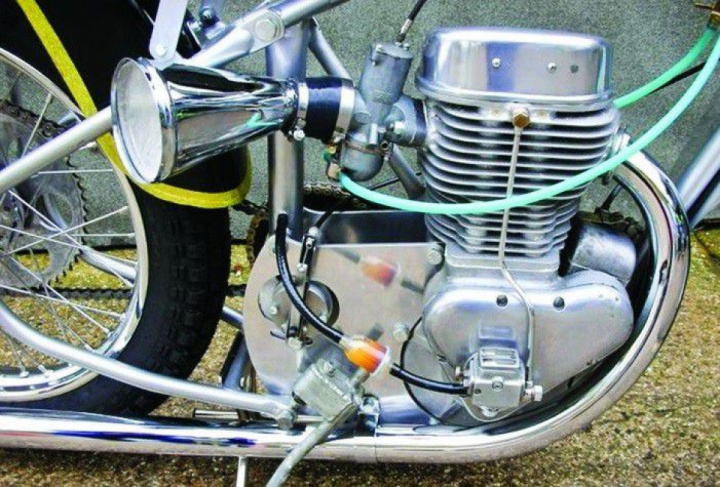
A new Czech company named ESO started producing both speedway and dirt bike racing motorcycles in 1949, and both enjoyed many racing successes throughout Europe. ESO was incorporated into JAWA-CZ in the early 1960s, and the ESO name was dropped entirely by the end of JAWA's 1966 model year. The ESO racing model DT5 became the JAWA DT500 Speedway and production and racing success continued. The Speedway bikes were single-speed units with no brakes, designed to be lightweight and go fast.
This 1970 example of the JAWA DT-500 Model 890 Speedway was sold at the Carole Nash MCN London Motorcycle Show auction by Coys of Kensington Auctions in February of 2016. It sold for $2,600, including buyer's premium. It features an air-cooled, four-stroke, 493-cc engine and a one-speed transmission mounted to a tubular frame. JAWA also produced a Model 894 Speedway in single-speed and a long-track version, Model 895, both of which had a dual-overhead cam four-valve engine. The Model 895 long track also had a two-speed transmission and a a slightly longer frame. The primary drive and rear wheel were both chain-driven. Front suspension featured a telescopic fork, but there was no rear suspension on the 890 or 894 Speedways. Long-track versions featured a pivoted rear-fork suspension. The frame-mounted gas tank held only 2.5 liters. The ignition was a magneto with points, and the fuel regulated via a single 34-mm side-draft carburetor.
Specifications:
- Engine 493-cc four-stroke, single cylinder with two overhead-valves Horsepower 60 @ 7,500 rpm
- Torque 44.8 lb-ft @ 5,500 rpm
- Ignition Single points magneto
- Carburetion Single 34-mm side-draft
- Transmission Direct-drive single speed
- Wheels Front 2.75 x 23-inch Rear 3.50 x 19-inch
- Brakes None
- Suspension Telescopic front forks, rigid rear frame
- Fuel tank capacity 2.5 liters (0.7 gallons)
- Wheelbase 52 inches
- Overall length 80.7 inches
- Seat height 29.5 inches
#Bike #Moto #Jawa #Classic


